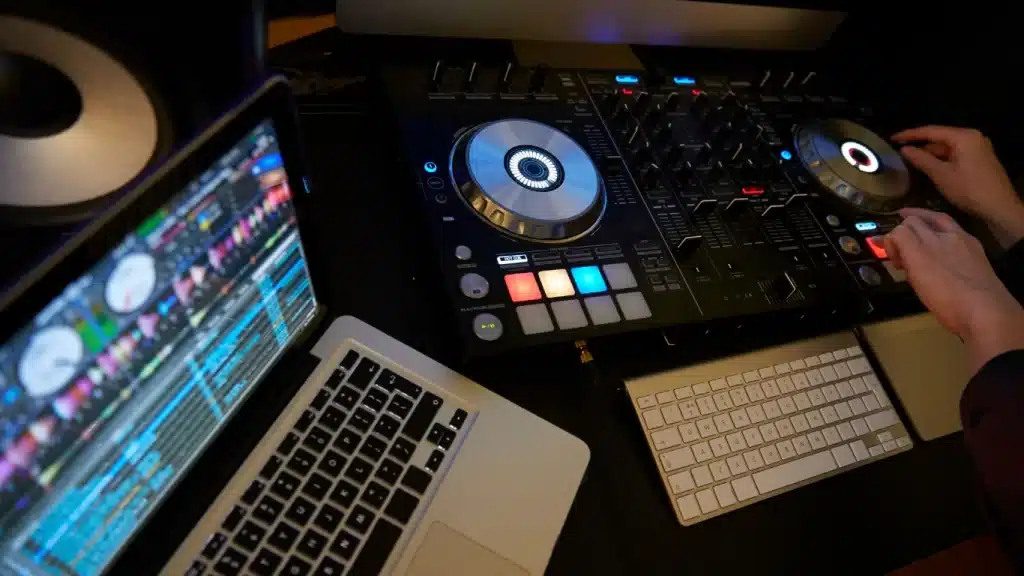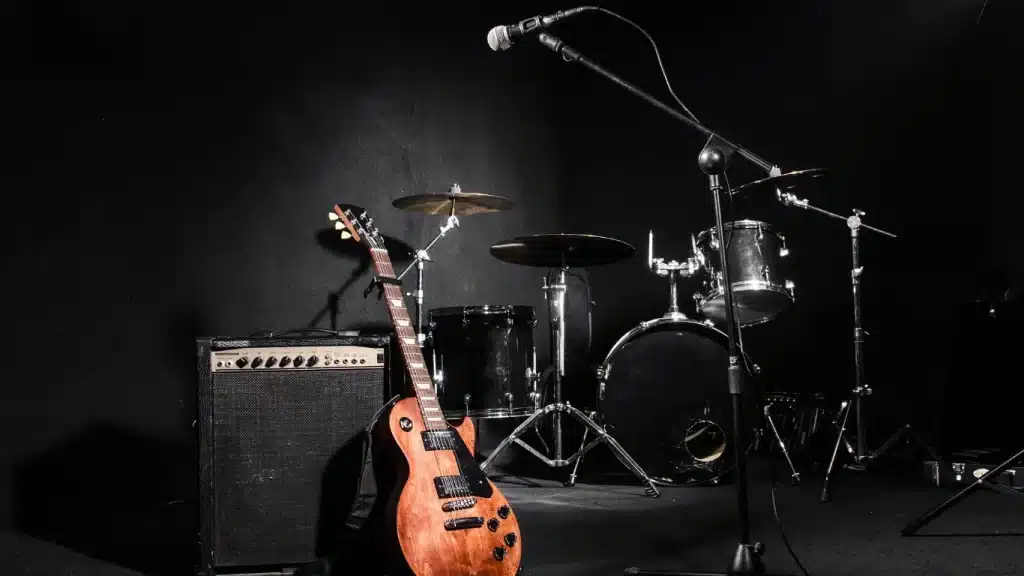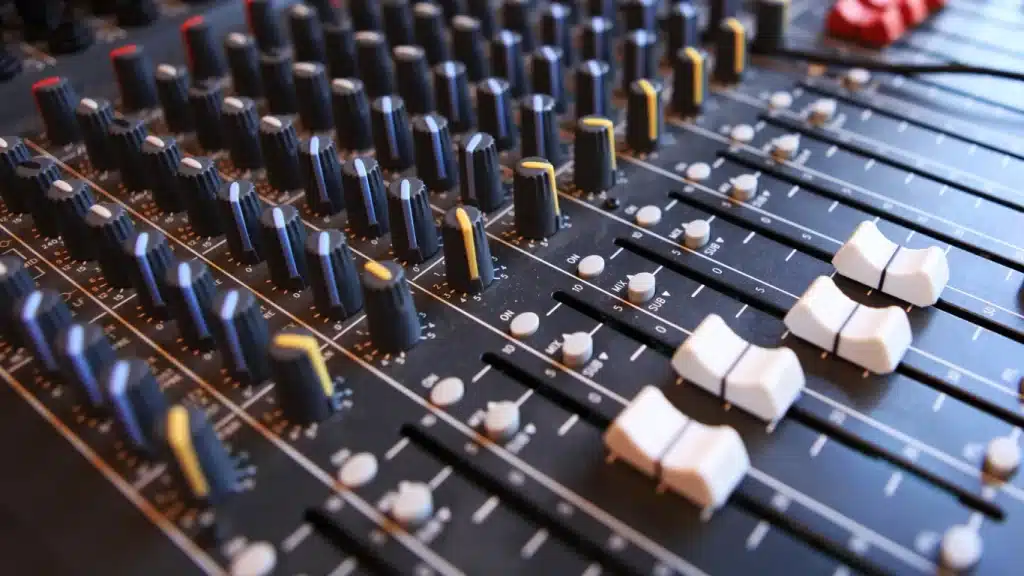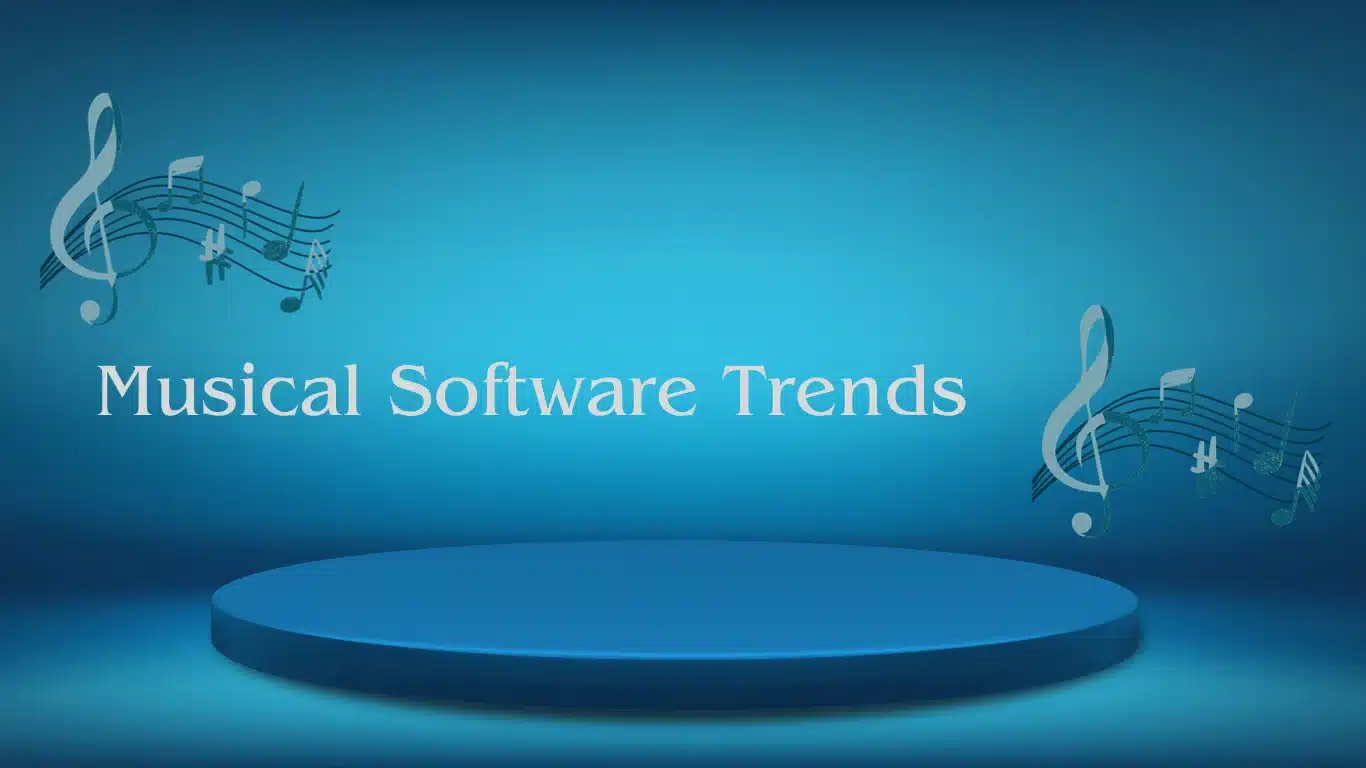As we embrace the year 2024, the landscape of music development is evolving at an unprecedented pace. Advancements in technology have revolutionised the way music is created and produced, offering musicians and producers an array of innovative tools and software to explore. Creativity and technology have unlocked new dimensions in music production, enabling artists to push the boundaries of sonic expression. In this article, we delve into the latest musical software trends in 2024, offering a glimpse into the future of the music industry.
The convergence of AI and music development has been a focal point in 2024, with streaming and Artificial Intelligence algorithms being integrated into various stages of music production. From generating melodies to assisting in sound design, AI is becoming an indispensable tool for musicians and producers. The ability of AI to analyse vast amounts of musical data has led to the development of software that can predict trends and offer insights into popular musical styles. These technologies are redefining the way music is conceptualised, composed, and performed, fostering a new era of artistic expression.
The Latest Trends in Musical Software
In 2024, the musical software landscape is witnessing a surge in the development of intuitive and user-friendly interfaces aimed at empowering creators with seamless and efficient workflows.

Touch and gesture-based controls have taken user experience to a different level in music production software. Enabling a more tactile and organic approach to creating music.
Machine learning, alongside natural language processing, have opened doors to software, giving them the ability to read and respond to vocal commands and improving the accessibility and usability of musical tools.
Eco-friendly and sustainable practices have permeated the music industry, prompting the development of software that focuses on reducing carbon footprints and energy consumption.
Cloud-based music production platforms have redefined collaboration and accessibility in music development in 2024. Cloud-based software enables seamless sharing of projects, real-time collaboration, and remote access to production tools, transcending geographical barriers and fostering global creative communities.
Software companies are adopting environmentally conscious approaches by optimising code efficiency, implementing energy-saving features, and promoting eco-friendly hardware integration. This eco-centric approach is not only aligned with global sustainability goals but also resonates with an environmentally conscious community of musicians and producers.
New and Innovative Musical Software in 2024
In 2024, a wave of innovative musical software has emerged, catering to the diverse needs and preferences of musicians and producers.
- Modular and scalable software architectures allow users to customise their digital workspaces and integrate third-party plugins seamlessly. This modular approach empowers creators to build bespoke production environments tailored to their specific workflows and creative preferences, fostering a more personalised and adaptable music production experience.
- Spatial audio technologies within music production software have opened up new frontiers in spatial sound design and immersive listening experience. This leverages advanced algorithms to simulate three-dimensional soundscapes, offering an unprecedented level of spatial immersion for both creators and listeners. This technology is revolutionising the way music is mixed, mastered, and consumed, providing artists with a powerful tool for sculpting spatially rich and enveloping sonic environments.
- Blockchain technology has permeated the music industry trends, giving rise to blockchain-based music software that addresses critical issues such as royalty transparency, rights management, and secure peer-to-peer collaboration. Blockchain-powered music platforms offer immutable and transparent ledgers for tracking intellectual property rights, facilitating fair and transparent compensation for artists, and streamlining the licensing and distribution of music.
The Future of Music Development

The future of music development will embrace a convergence of sensory technologies, blurring the boundaries between music, visual art, and interactive experiences.
The integration of haptic feedback and tactile interfaces within musical software can revolutionise the way musicians interact with digital instruments and manipulate sound. These advancements in tactile technologies will offer creators a heightened sense of physicality and immersion, bridging the gap between traditional instruments and digital interfaces.
The evolution of generative music algorithms can redefine the creative process, offering artists dynamic and evolving musical compositions that respond to real-time inputs and environmental stimuli. These generative music software applications utilise AI and machine learning to generate music that is adaptive and responsive, creating a symbiotic relationship between the software and the artist. This paradigm shift in music creation heralds a new era of collaborative creativity, where artists and software coalesce to produce ever-evolving musical narratives.
The future of music development also entails reimagining live performances by integrating interactive and responsive stage technologies. From interactive LED panels that synchronise with musical dynamics to sensor-based performance interfaces that respond to gestures and movements, the stage has become an immersive and interactive canvas for musical expression.
Best Softwares to Make Music in 2024
In the dynamic landscape of music software, several standout platforms have garnered acclaim for their innovative features and versatile capabilities.
- HarmonyForge Pro combines AI-assisted composition tools with intuitive virtual instruments, offering a comprehensive platform for musical creation and exploration. The software’s adaptive composition algorithms and expansive sound libraries empower artists to realise their creative visions with unprecedented flexibility and depth.
- BeatSculptor X is renowned for its cutting-edge rhythmic manipulation and beat-sculpting capabilities. The software’s intuitive interface and advanced rhythmic analysis tools enable users to craft intricate and expressive rhythmic patterns, blurring the boundaries between traditional and electronic percussion. With real-time parameter modulation and intelligent groove analysis, BeatSculptor X has become a go-to tool for producers seeking to elevate their rhythmic compositions to new heights.
- SonicScape Studio has emerged as a trailblazing software, offering an array of spatial audio processing and simulation tools. From dynamic binaural panning to immersive reverberation algorithms, SonicScape Studio provides creators with a versatile toolkit for sculpting multidimensional sonic environments, transcending the limitations of traditional stereo mixing and spatialisation.
How to Stay Updated with Musical Software Trends?

Staying up-to-date with the latest musical software trends and developments is essential for creators seeking to harness the full potential of cutting-edge tools and technologies. Interaction with online communities and forums dedicated to music production software can provide valuable insights into emerging trends, software updates, and user experiences. Platforms such as “MusicTechHub” and “SoundForge Community” offer spaces for musicians and producers to exchange knowledge, share tips, and stay informed about the latest advancements in musical software.
Attending industry events and trade shows, such as “MusicTech Expo” and “AudioInnovation Summit,” can offer firsthand exposure to new musical software releases, industry trends, and networking opportunities with leading software developers. These events provide a platform for creators to interact with software developers, participate in product demonstrations, and gain a deeper understanding of the technological and creative possibilities offered by the latest musical software.
Exploring online resources such as podcasts, webinars, and tutorials dedicated to musical software can provide valuable insights and practical knowledge for navigating the evolving landscape of music development. Platforms like “MusicTech Mastery” and “ProducePro Insights” offer in-depth analyses of software trends, interviews with industry experts, and tutorials on leveraging the capabilities of cutting-edge music production tools.
Conclusion
The year 2024 marks a pivotal juncture in the evolution of music development as cutting-edge software trends continue to redefine the creative possibilities and technological horizons of musical expression. From the integration of AI and immersive technologies to the rise of sustainable and collaborative music software, the landscape of musical innovation is flourishing with unprecedented diversity and dynamism. As creators embrace the future of music development, staying informed about the latest software trends and engaging with innovative tools will be essential for unlocking new realms of artistic expression and sonic exploration.





